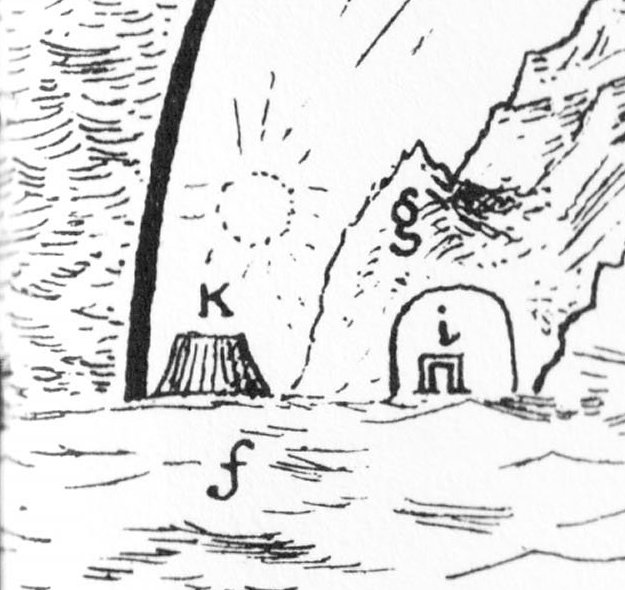3. The word of Metoro, niu, alludes to a spinning top. "The correspondence between the winter solstice and the kali'i rite of the Makahiki is arrived at as follows: ideally, the second ceremony of 'breaking the coconut', when the priests assemble at the temple to spot the rising of the Pleiades, coincides with the full moon (Hua tapu) of the twelfth lunar month (Welehu). In the latter eighteenth century, the Pleiades appear at sunset on 18 November. Ten days later (28 November), the Lono effigy sets off on its circuit, which lasts twenty-three days, thus bringing the god back for the climactic battle with the king on 21 December, the solstice (= Hawaiian 16 Makali'i). The correspondence is 'ideal' and only rarely achieved, since it depends on the coincidence of the full moon and the crepuscular rising of the Pleiades Whereas, over the next two days, Lono plays the part of the sacrifice. The Makahiki effigy is dismantled and hidden away in a rite watched over by the king's 'living god', Kahoali'i or 'The-Companion-of-the-King', the one who is also known as 'Death-is-Near' (Koke-na-make). Close kinsman of the king as his ceremonial double, Kahoali'i swallows the eye of the victim in ceremonies of human sacrifice (condensed symbolic trace of the cannibalistic 'stranger-king')." (Islands of History) In old Babylonia the fate of the new year was determined in a 'congregation hall' (Versammlungsraum) in which a special room (Schicksalskammer, Ubšugina) was assigned for the future. The hall (i in the picture below accompanying the text of Jensen) is located in the east, in the water below the earth (apsu), from which sun (Marduk) rises in the morning. Marduk brings the fate (Geschicke) with him, from his father (Ía) who is the primary water (Urwasser): "Als solch ein Ort (resp. ein Gemach) im Osten des apsū [water below the earth] und im Osten der Erde an der Grenze zwischen dem sichtbaren und unsichtbaren Reiche hat der Duazag eine ganz besondere Bedeutung im Glauben der Babylonier. Er ist ... 'der Ort der Geschicke', der ki nam-tar-tar-ini = ašar šimātum. Ein Solcher konnte nur im Osten liegen. Denn die Sonne geht im Osten auf. Die Ostsonne ist Marduk. Darum bringt auch Marduk die Geschicke aus der Behausung seines Vaters Ía, dem Urwasser, hervor." "... der erste Monat des Jahres nach dem Schicksalsgemach (= Ubšugina) bezeichnet wird ... , der siebente aber d.i. der erste der zweiten Jahreshälfte nach dem im Ubšugina befindlichen Duazaga ..." The stick of a spinning top (made from the shell of a sandalwood nut), with which children make the top spin, is in the Rapanui language called ora (= life). In the Maori language niu = 'a means of divination by sticks': "The sense of top lies in the fact that the bud end of a coconut shell is used for spinning, both in the sport of children and as a means of applying to island life the practical side of the doctrine of chances. Thus it may be that in New Zealand, in latitudes higher than are grateful to the coconut, the divination sense has persisted even to different implements whereby the arbitrament of fate may be declared." (Churchill 2) |
